This article was co-authored by wikiHow staff writer, Nicole Levine, MFA. Nicole Levine is a Technology Writer and Editor for wikiHow. She has more than 20 years of experience creating technical documentation and leading support teams at major web hosting and software companies. Nicole also holds an MFA in Creative Writing from Portland State University and teaches composition, fiction-writing, and zine-making at various institutions.
There are 8 references cited in this article, which can be found at the bottom of the page.
This article has been viewed 3,211 times.
Learn more...
When a US resident wants to enter a space that has a COVID-19 vaccine mandate, they'll need to show their official CDC-stamped vaccine card as proof of immunization. But because vaccine cards are just simple black-and-white printed cardstock, they're very easy to fake. So how can you spot a fake COVID-19 vaccine card? While it can be tricky to know if your employee, student, or friend has a counterfeit vaccine card, there are a few telltale signs to look out for. This wikiHow article will teach you tips for determining whether someone's COVID-19 vaccine card is real or fake.
Steps
References
- ↑ https://stacks.cdc.gov/view/cdc/112473
- ↑ https://vaccinecodeset.cdc.gov/LotNumber
- ↑ https://www.cdc.gov/vaccines/covid-19/clinical-considerations/interim-considerations-us.html#primary-series
- ↑ https://www.reuters.com/article/health-coronavirus-usa-vaccines/moderna-covid-19-vaccine-begins-rollout-as-u-s-races-to-broaden-injection-campaign-idUSKBN28T0IQ
- ↑ https://abcnews.go.com/Health/us-begins-rollout-johnson-johnson-coronavirus-vaccine/story?id=76167161
- ↑ https://www.cbp.gov/newsroom/local-media-release/1683-fake-covid-19-vaccination-cards-2034-fake-pfizer-seals-seized
- ↑ https://www.fbi.gov/contact-us/field-offices/portland/news/press-releases/oregon-fbi-tech-tuesday-building-a-digital-defense-against-fake-covid-19-vaccine-cards
- ↑ https://www.cdc.gov/vaccines/covid-19/reporting/vams/professional/QRS-access-vaccination-certificates.html
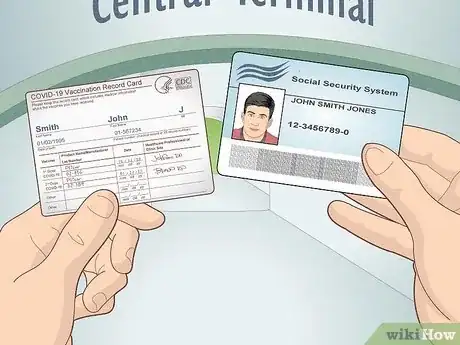
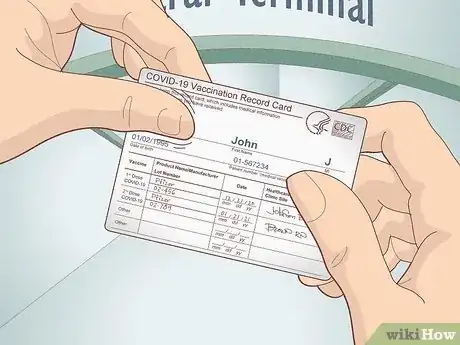
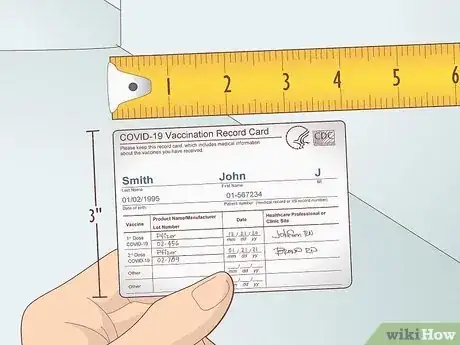
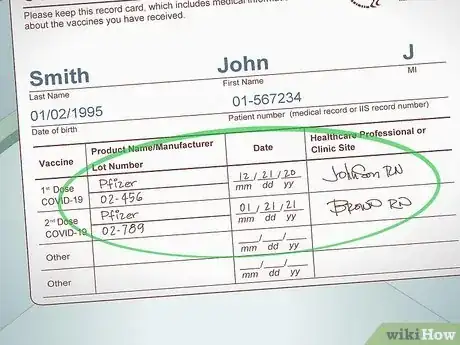
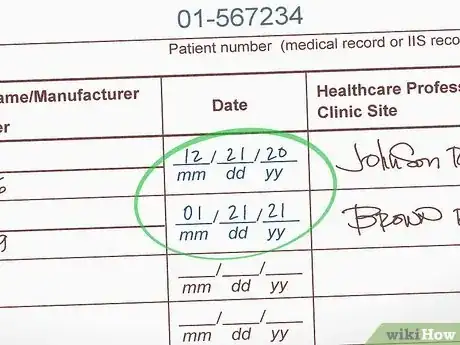
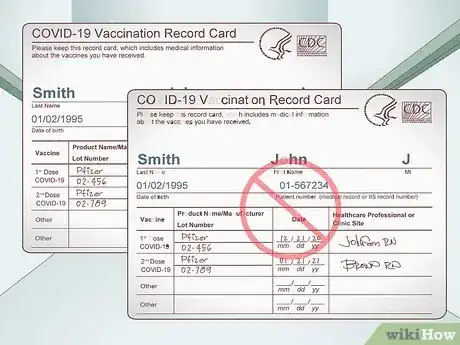
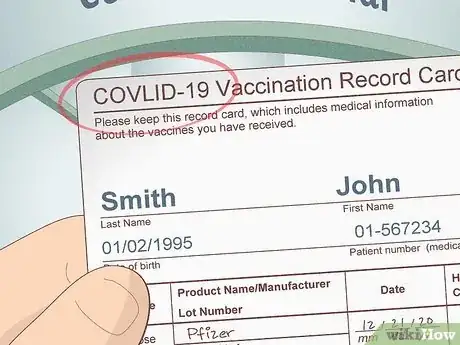
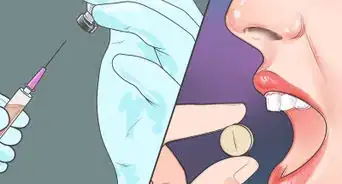
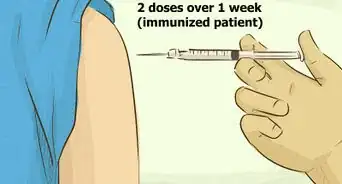
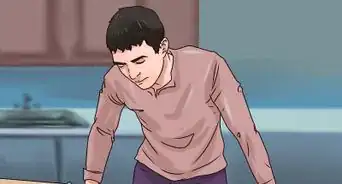
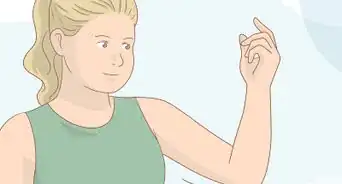
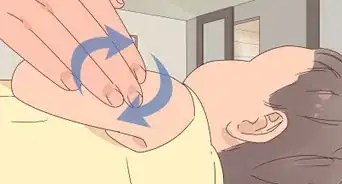
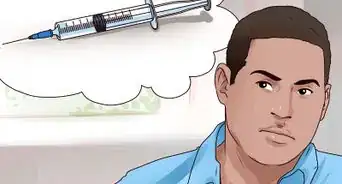
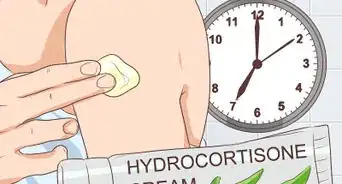
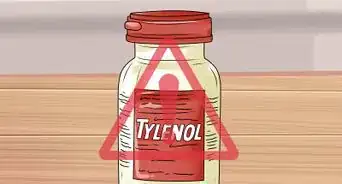
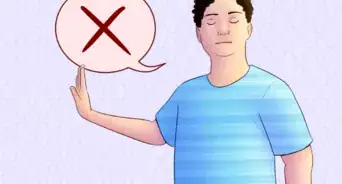
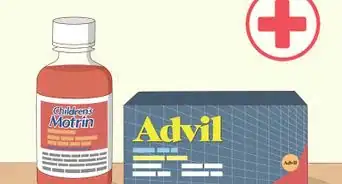
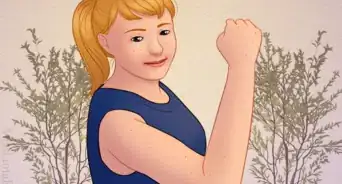
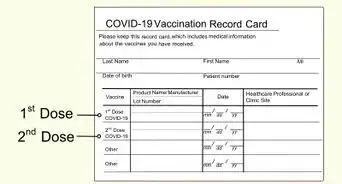







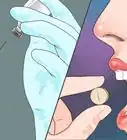
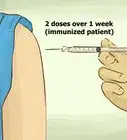
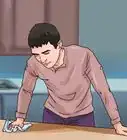
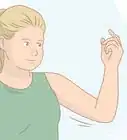



































Medical Disclaimer
The content of this article is not intended to be a substitute for professional medical advice, examination, diagnosis, or treatment. You should always contact your doctor or other qualified healthcare professional before starting, changing, or stopping any kind of health treatment.
Read More...